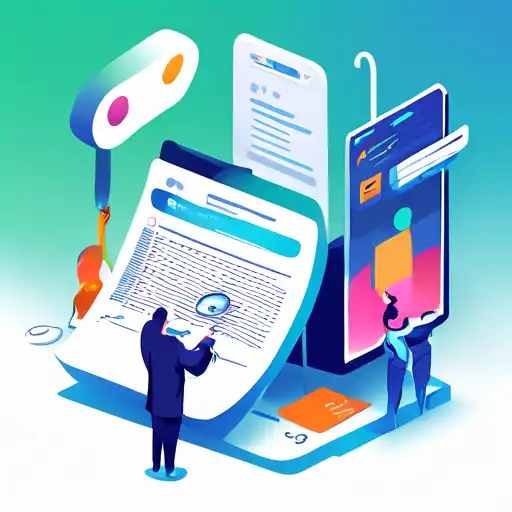Why Website Accessibility Matters
In today's digital age, making your website accessible is not just a matter of legal compliance but also a moral obligation. An accessible website ensures that all users, including those with disabilities, can navigate, understand, and interact with your content effectively. This guide will walk you through the essential steps to make your website more accessible.
Understanding Web Accessibility
Web accessibility refers to the inclusive practice of removing barriers that prevent interaction with, or access to websites, by people with disabilities. When sites are correctly designed, developed, and edited, all users have equal access to information and functionality.
Key Steps to Improve Your Website's Accessibility
1. Use Semantic HTML
Semantic HTML is the foundation of accessibility. Using elements like <header>, <nav>, <main>, and <footer> helps screen readers understand the structure of your webpage.
2. Ensure Keyboard Navigation
Many users rely on keyboards instead of a mouse to navigate websites. Ensure that all interactive elements are accessible via keyboard by using tabindex and managing focus states.
3. Add Alt Text to Images
Alt text provides a textual alternative to images, allowing screen reader users to understand the content of images on your site. Always include descriptive alt text for informative images.
4. Use ARIA Landmarks
ARIA (Accessible Rich Internet Applications) landmarks help define regions of your page (like banners, main content, and navigation) to screen readers, making your site more navigable.
5. Ensure Sufficient Color Contrast
Users with visual impairments may find it hard to read text if there's insufficient contrast between the text and its background. Use tools to check and adjust your color contrast ratios.
6. Make Forms Accessible
Forms should be clearly labeled, with instructions and error messages that are easy to understand. Use <label> elements and ARIA attributes to enhance form accessibility.
7. Provide Transcripts and Captions
For multimedia content, provide transcripts for audio and captions for videos. This ensures that users who are deaf or hard of hearing can access the content.
Testing Your Website's Accessibility
After implementing these changes, it's crucial to test your website's accessibility. Tools like WAVE or AXE can help identify areas for improvement. Additionally, consider conducting user testing with people who have disabilities to get firsthand feedback.
Conclusion
Making your website accessible is an ongoing process that benefits all users. By following these guidelines, you can create a more inclusive web experience. Remember, accessibility is not just a feature—it's a fundamental aspect of web design and development.
For more tips on improving your website's usability, check out our guide on Improving Website Usability.
